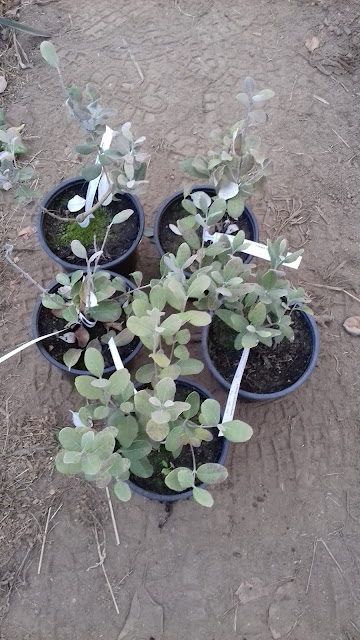
Medlar (mespilus germanica). Growing medlar from seed is tricky. It is said to need a very long period of cold stratification followed by warm stratification and then again cold. I put my medlar seeds in sand in the fridge. They stayed there for 3 months. I then found a comment by a french guy on the internet who said he scarifies his seeds and soaks them in water for 8 to 10 days, regularly changing the water and then he sows them and they end up germinating. So i took half of my seeds out and scarified them and put them in water for a few days and afterwards into moist tissue at room temperature but nothing happened. I then thought of cracking them open with pliers. I did that and found only 8 kernels in 48 seeds. So i am thinking now that medlar seeds may often not be viable. Also they all sink to the bottom in a glass of water no matter if they are viable or not. The seeds themselves look a bit like raisins or a mix between a peach and an apple seed. The kernels of the seeds look





